-
Hong Kong SAR
Copyright © 2025 Powered by BCI Media Group Pty Ltd

20 February 2025 by Perkins&Will

The new campus of Zhengzhou College of Finance and Economics is located in Zhengzhou Airport Economic Zone in the Henan province of China. The campus will be constructed in three phases for 25,000 students with a total construction area of one million square meters. Our design echoes the rich cultural heritage of Henan and embodies the school’s vision of an integrated campus that serves industry, academia, and research within the setting of the new Airport Economic zone.
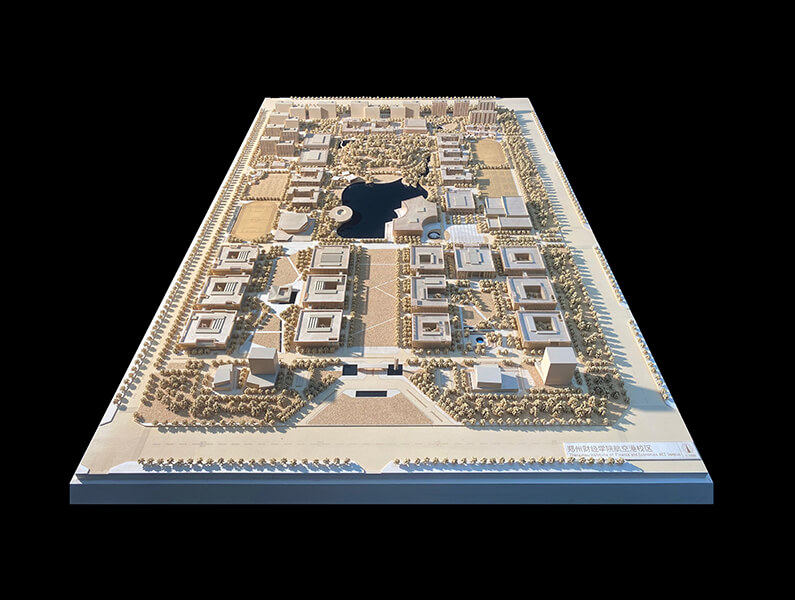
For the new masterplan, a central axis links four zones, creating broad tree-lined boulevards as in a traditional city setting.
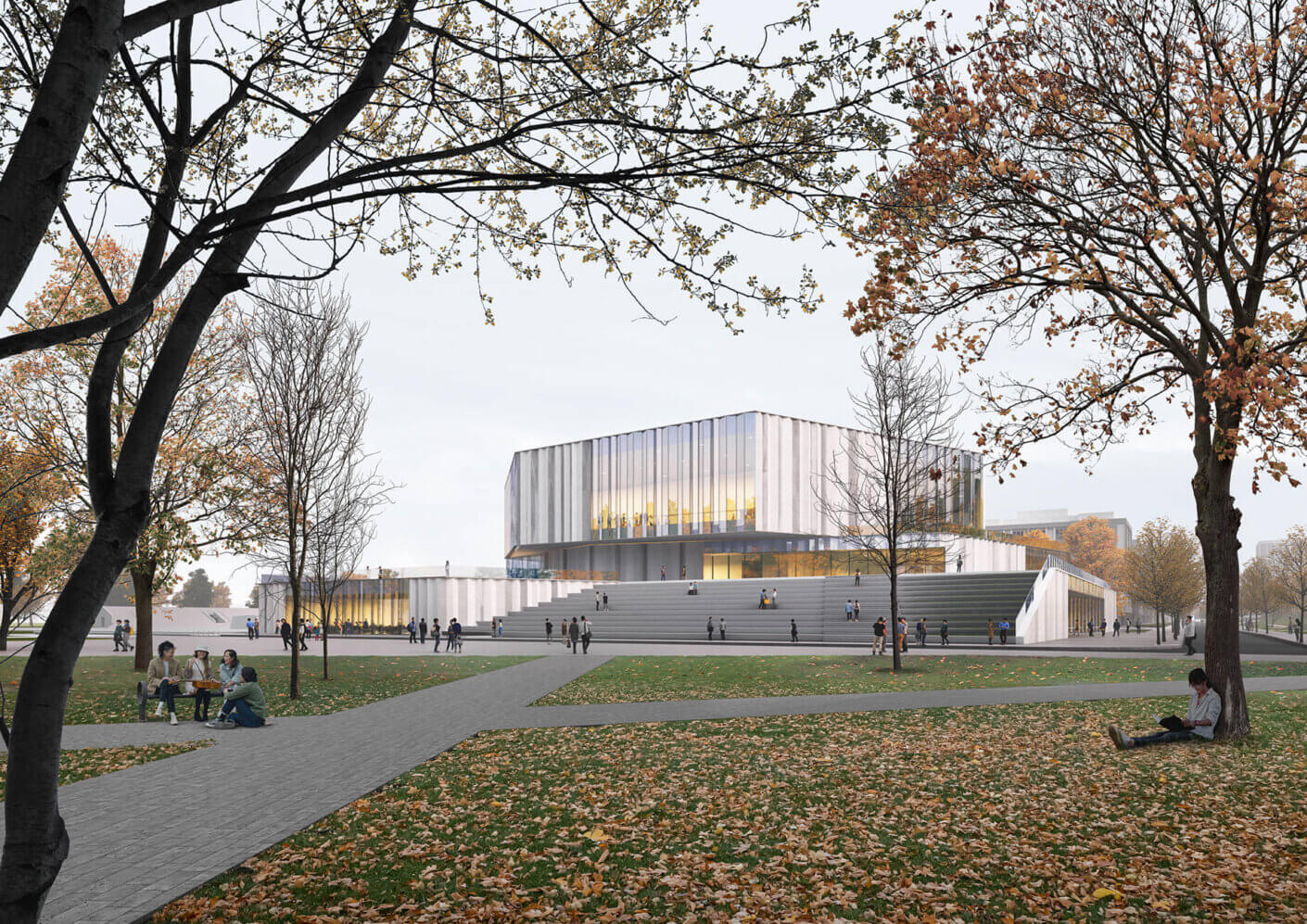
The design drew inspiration from the broad central plains that were a birthplace of Chinese civilization. The masterplan pays homage to the region’s rich heritage of traditional cultural values by placing the whole campus within a formal setting.
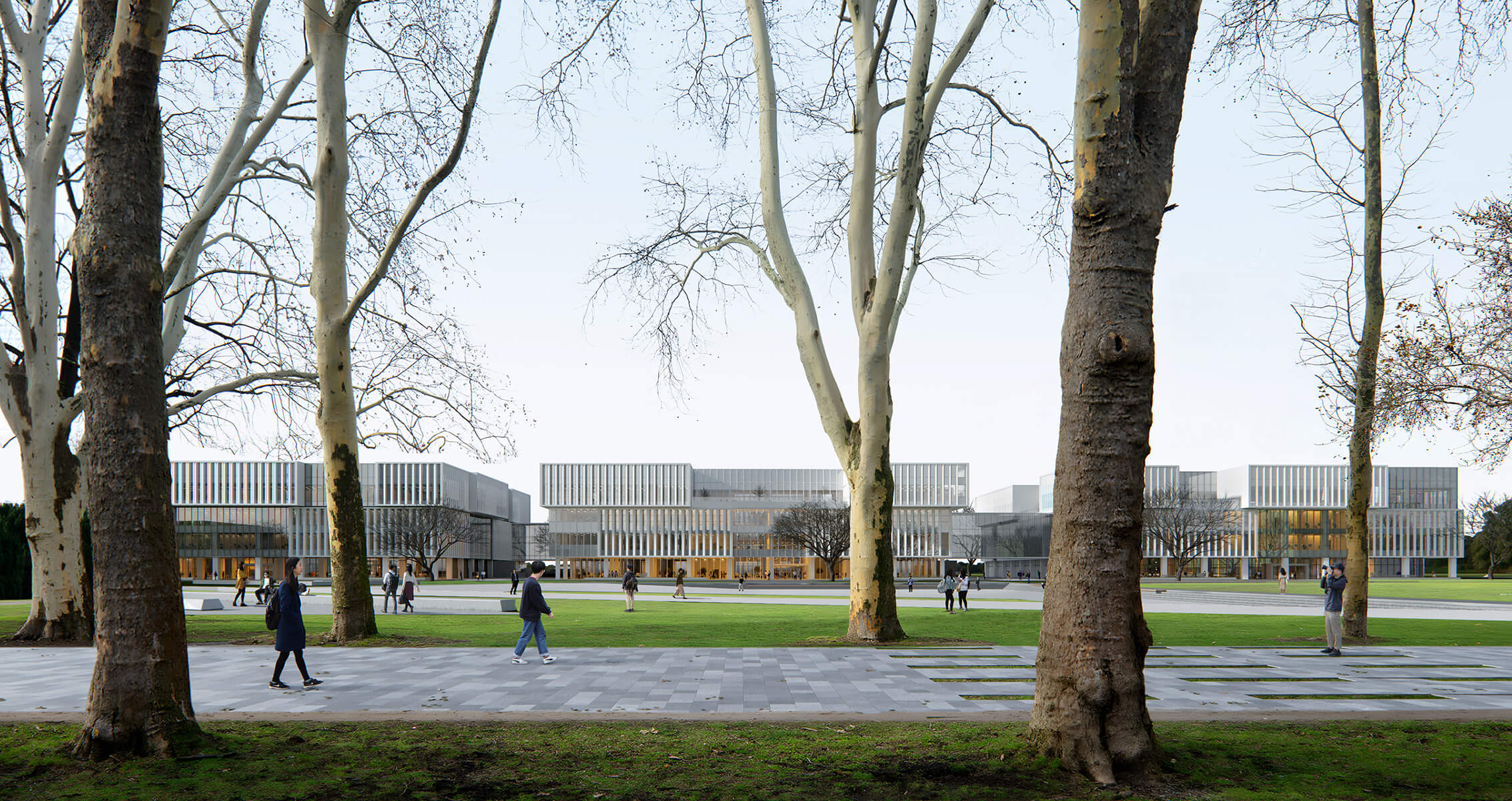
The dialogue between a formal framework and a natural green centerpiece anchors the identity of the institution. Equally, the design framework creates opportunities for an open educational environment, nurturing and empowering the growth of young academic minds.
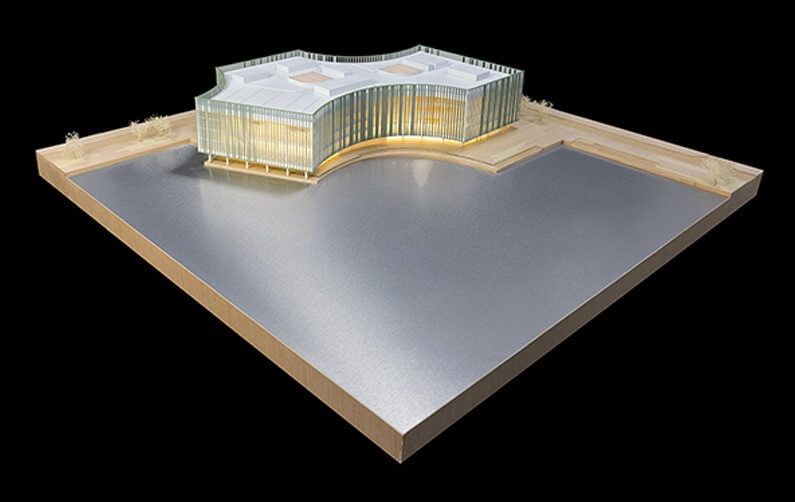
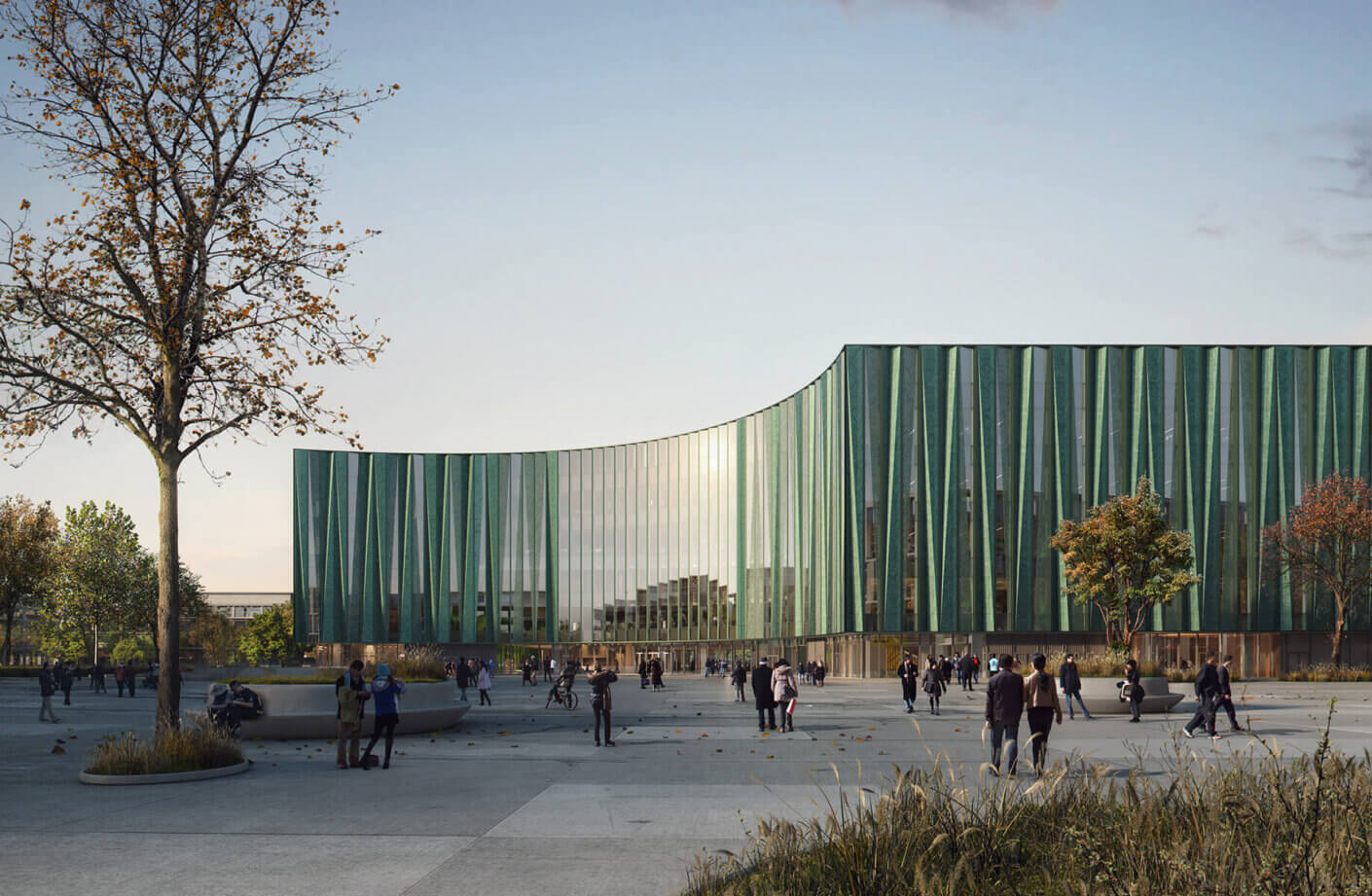
At the heart of the campus, the grand landscaped park creates a modern ‘shanshui’ garden, supporting the ancient philosophy of ‘learning in and from nature’.
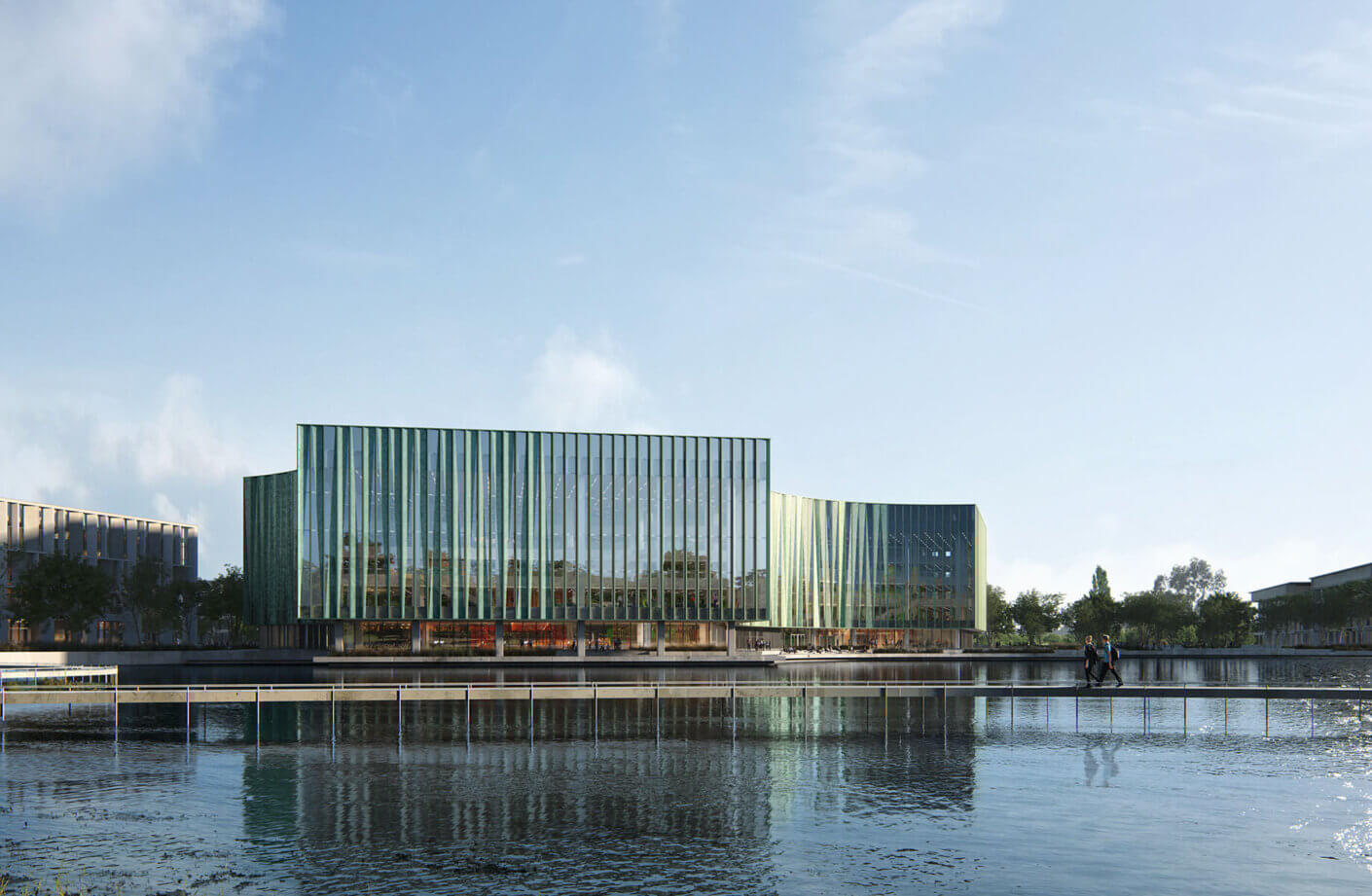

The academic buildings are designed with a formal language, a vertical strata of solid and void. The material of the academic blocks are finished in a stone texture, creating a serious dignified character.
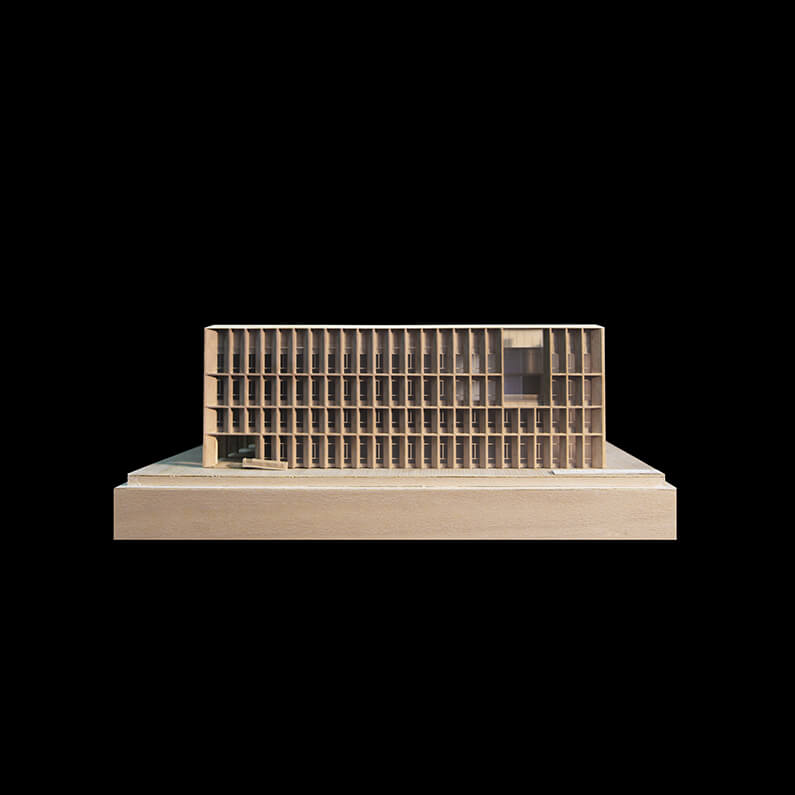
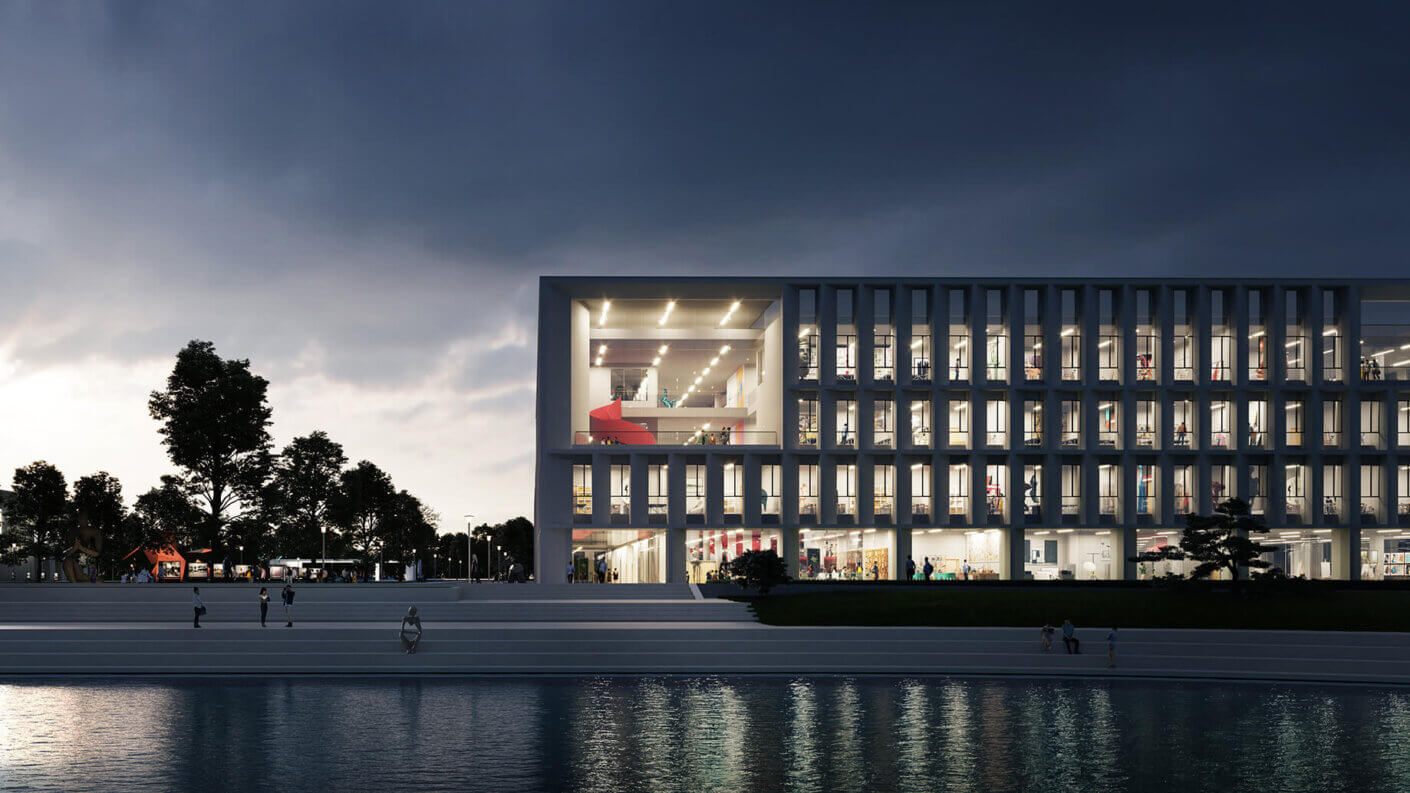
Key individual buildings next to the lake feature poetic interpretations of nature, such as the growth and texture of bamboo, translating these qualities into rhythmic array of angled façade elements.
Harmonious Waterfront Oasis
The central lake is framed by several iconic waterfront buildings. The library, conference center, and dining center serve as focal points within the park and foster a sense of a balanced academic lifestyle. The subtle movement of water, with its reflection of the buildings and landscape, achieves a visual harmony, alluding to a campus where tradition and innovation, nature and man-made sit in harmonious relationship.
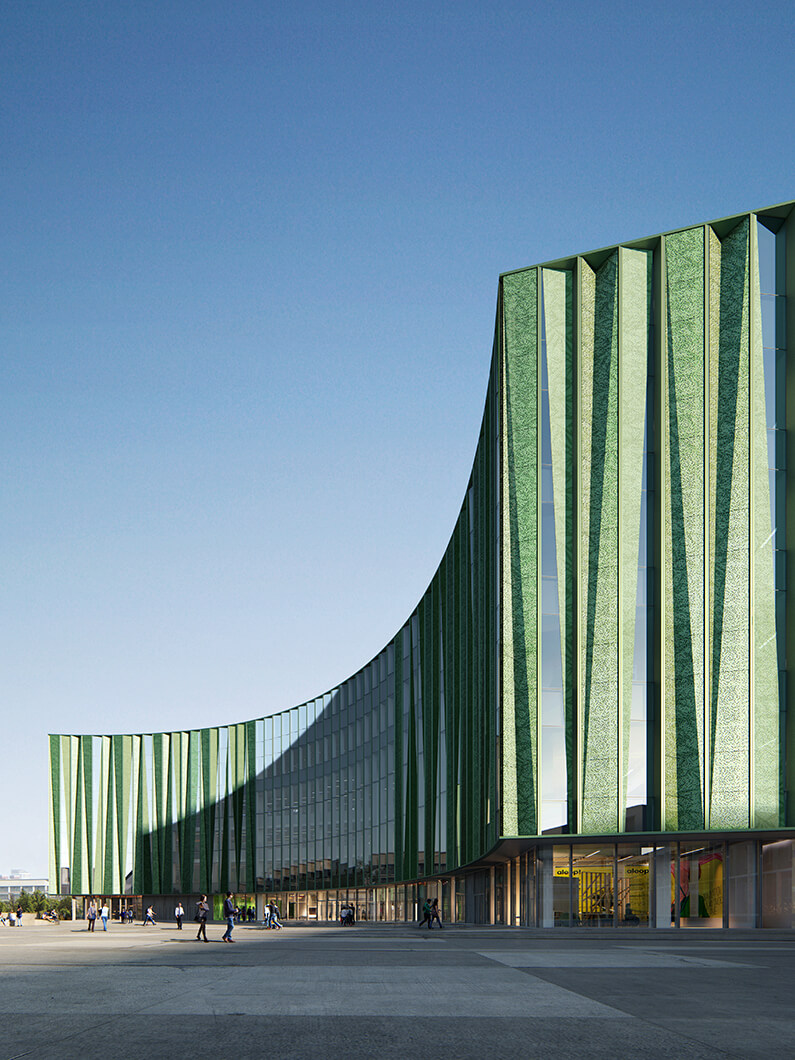

The design creates flexibility of space using modular systems to allow group discussion areas, individual study and reading spaces, providing new opportunities for social interactions among different group of users.
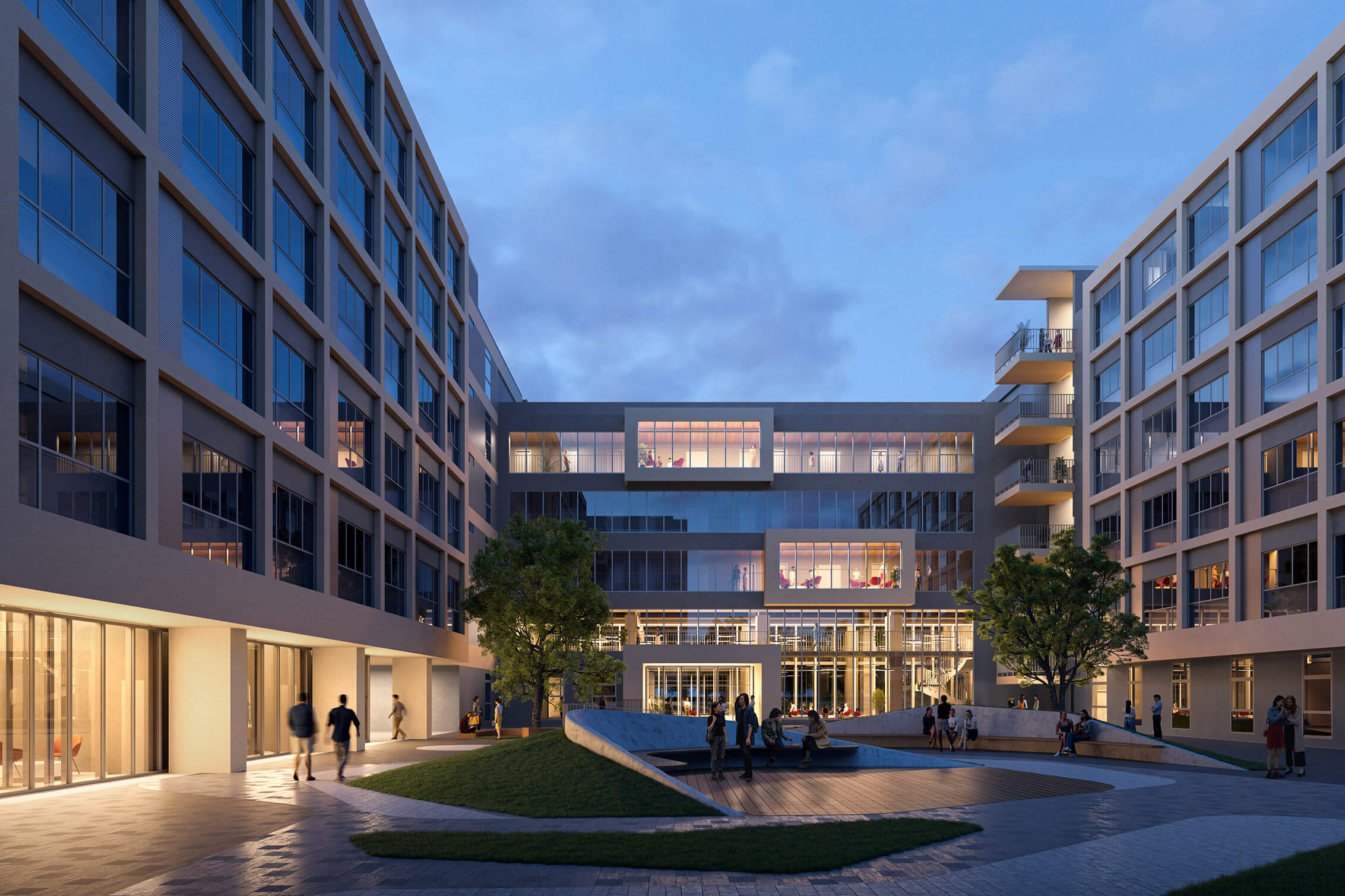
Blending Tradition and Functionality
Combining spatial cues with the use of a color-coded system, the wayfinding and signage also act as a powerful component to establish the brand and identity of the institution. By referencing patterns of plants with symbolic meanings of elegance, the design echoes traditional Chinese ink and wash painting techniques. The simplicity of the signage design inherently weaves throughout the campus in a dynamic and informative way, poetically alluding to the ideals of an ancient form of art and the present.


